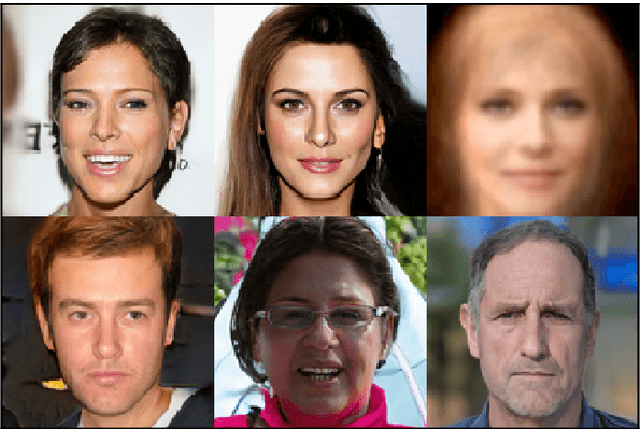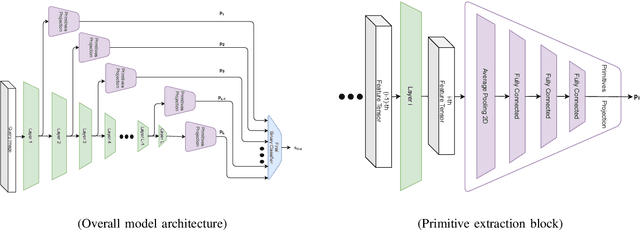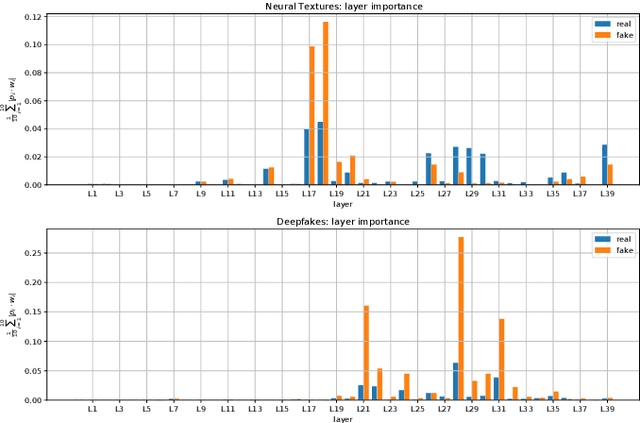Aggregating Layers for Deepfake Detection
Paper and Code
Oct 11, 2022



The increasing popularity of facial manipulation (Deepfakes) and synthetic face creation raises the need to develop robust forgery detection solutions. Crucially, most work in this domain assume that the Deepfakes in the test set come from the same Deepfake algorithms that were used for training the network. This is not how things work in practice. Instead, we consider the case where the network is trained on one Deepfake algorithm, and tested on Deepfakes generated by another algorithm. Typically, supervised techniques follow a pipeline of visual feature extraction from a deep backbone, followed by a binary classification head. Instead, our algorithm aggregates features extracted across all layers of one backbone network to detect a fake. We evaluate our approach on two domains of interest - Deepfake detection and Synthetic image detection, and find that we achieve SOTA results.
 Add to Chrome
Add to Chrome Add to Firefox
Add to Firefox Add to Edge
Add to Edge